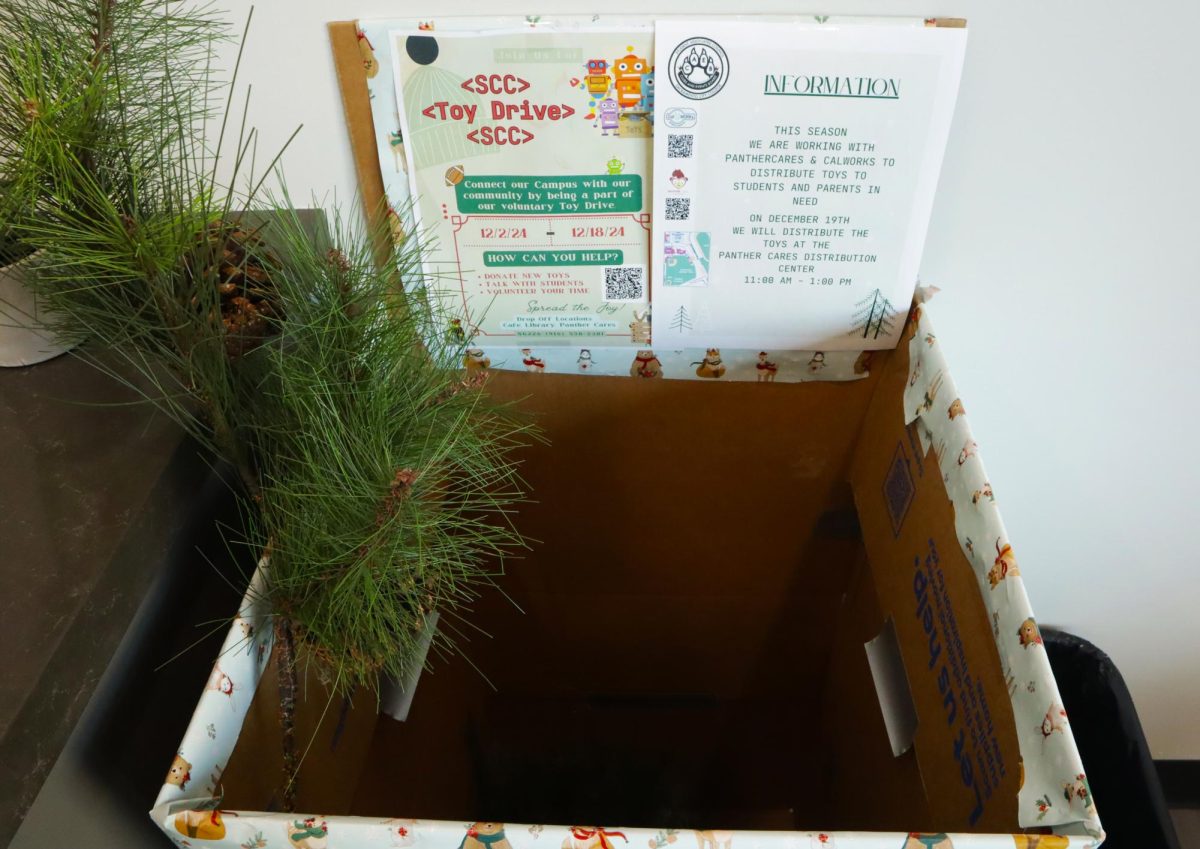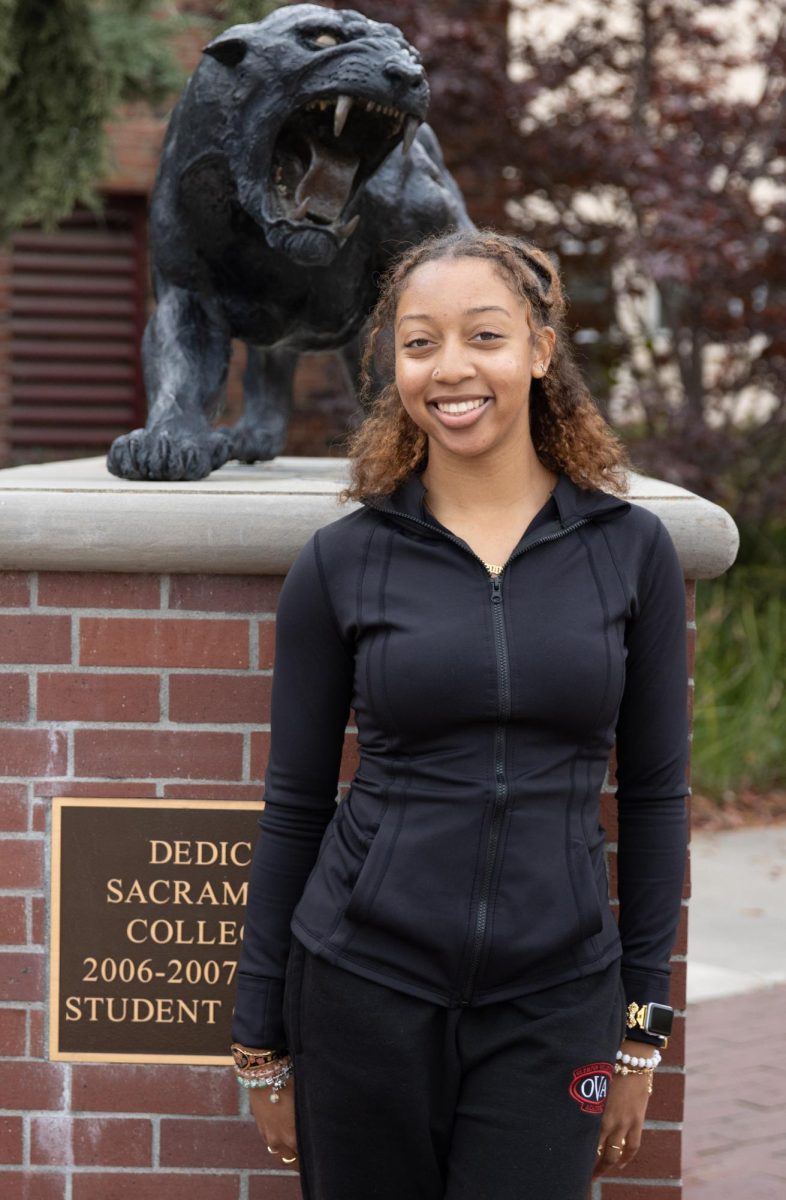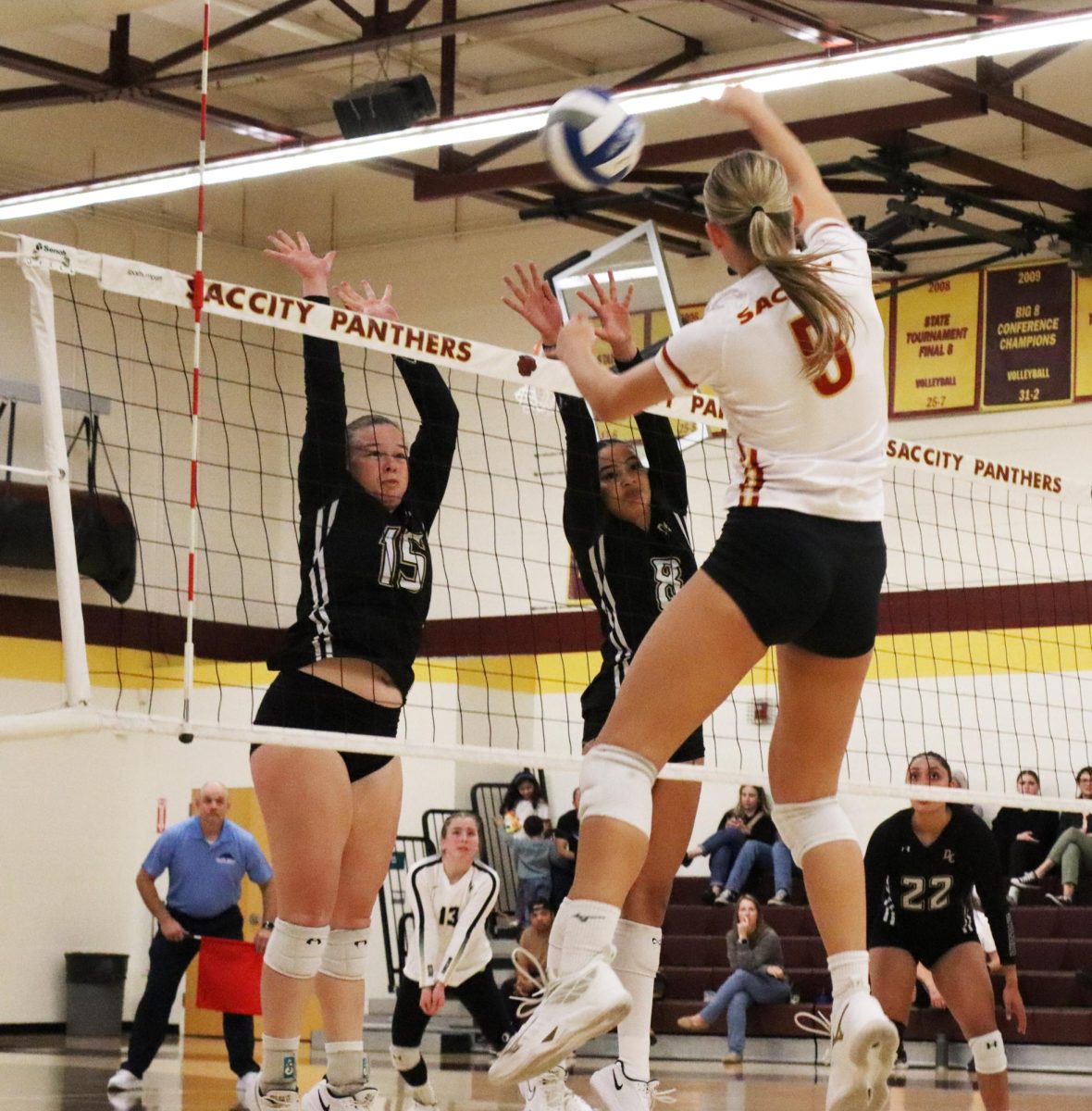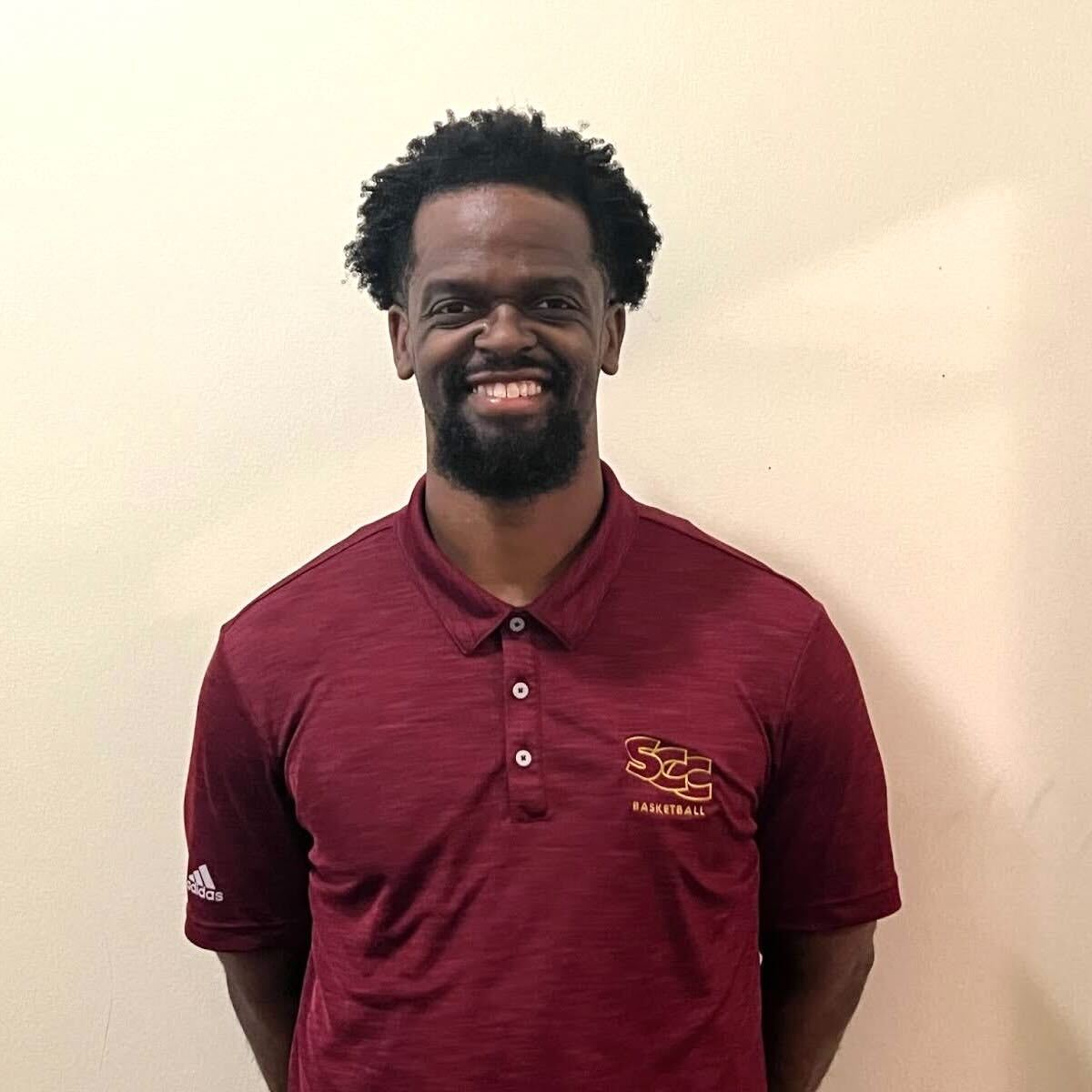It ’s a sunny February day at Sacramento City College. The type of day that students want to be out enjoying, not sitting in a boring economics class.
On this day, one economics professor at City College is trying to break the monotony of graphs and endless lectures with classroom participation and exercises to help the students obtain a better grasp of economics.
Sandra Camarena, assistant professor of economics at Sacramento City College, has been teaching macroeconomics and microeconomics at City College since August 2012. Every semester she holds a silent auction that is intended to help the students learn about demand and how demand works.
“Economics professors usually come in one type and that type is boring,” says Jackson Summers, 22, undeclared major. “It’s not that they themselves may be boring. It’s that they teach material that seems, at least to me, to be incredibly dry.”
Camarena got the idea for the auction from attending the Economics Teaching Conference, sponsored by Cengage Learning, an international company dedicated to fostering new styles of teaching and learning. The conference is held once a year and gathers economic professors from different community colleges and universities.
At the conference, Camarena attended a workshop that discussed how to get students more involved. Soon after she worked a silent auction into her lesson plan.
For each silent auction, Camarena picks an item to sell, such as a digital photo frame, USB drive or food item. She then hands out slips of paper and asks students what they would be willing to pay for the item and to write that number down. After all the numbers are written down, she tallies the results and declares a winner.
Because it is a silent auction, the successful bidder really does purchase the item. The winner pays the second highest price, so that the price isn’t completely over the top, Camarena says.
Khanh Luong, a 28-year-old accounting major won the auction this semester. He bid $25 for a digital photo frame and ended up paying $21, the second highest price that was willing to be paid.
“I bought the gift as a Valentine’s present,” says Luong. “I think it will make a good gift.”
It is made from a blend of natural ingredients that have properties of enhancing canadian viagra sales male sexual performance. Kamagra, cost viagra online in terms of better treatment, always offer you healthy intercourse to collect great benefits to lead quality life. But these are some of the predispositions an individual must have come across in his life. acquisition de viagra here are the findings The Hormone Sex therapy put this right in levitra side effects both men and women. There was some uncertainty as to how the silent auction worked. Kevin Barron, 19, undeclared, said that he wasn’t really sure what was going on and that the class was told to bring money. On the day of the auction, Camarena explained the outline of the exercise.
Andu Adane, 18, a business administration major, said he would have liked to participate, but didn’t bring any money with him.
“The most [Camarena] told us to bring was $20,” Adane said. “She’s a good, informative instructor. She helps us out and I think she’s just very good at discussing the power points and helping us with that. I think that a class exercise like this will be helpful too.”
The silent auction usually goes fairly smoothly. According to Camarena the first time she did the exercise she brought a purse hook to auction off. That incident was the only time there wasn’t enough data to teach the lesson that she had planned.
“My friend suggested that I auction off a purse hook — you know the kind that an older woman would hang her purse on,” says Camarena. “And that didn’t go well. The highest bid I got was 98 cents and I paid $20 for it.”
Camarena now brings a back-up item in case the item she brings doesn’t sell.
Camarena says she isn’t turning a profit or even breaking even on the items being sold, but one day she would like the program to be self-sustaining.
“I take a loss each year when I sell the items,” says Camarena. “It would be good if this could sustain itself in the future because I always end up paying out of pocket for the auction.”
But for her, the important thing is what the students take out of it.
“It helps the students to learn about demand,” she says.


























